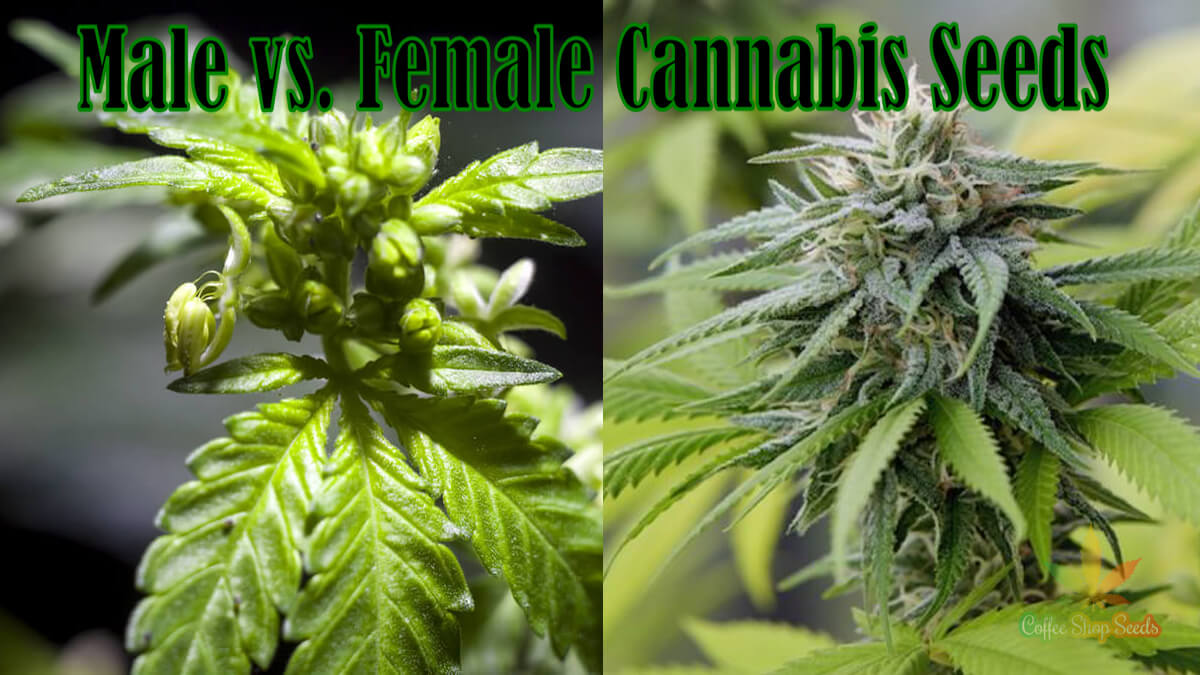Cannabis, a plant with a abundant heritage relationship back again countless numbers of several years, has lately taken centre stage in discussions about biodiversity. As more nations around the world embrace the legalization of cannabis, it is really very important to realize the effect of cannabis cultivation on biodiversity, especially via the lens of its seeds. In this short article, we will investigate the intricate romantic relationship amongst hashish seeds and biodiversity, shedding light on the significance of sustainable methods in nurturing a assorted and resilient ecosystem.
click here to read of Hashish and Seed Range:
Cannabis, scientifically identified as Cannabis sativa, is thought to have originated in Central Asia. Around the generations, it has distribute throughout the globe, adapting to a variety of climates and ecosystems. The plant reveals an astonishing range in its genetic make-up, ensuing in a myriad of strains, each individual with its distinctive set of attributes.
Hashish seeds, the basis of this botanical range, carry the genetic data that decides the plant’s attributes, which include its growth designs, cannabinoid articles, and resistance to pests and ailments. This genetic range is a critical element of biodiversity, contributing to the general well being and resilience of ecosystems.
Biodiversity Benefits of Hashish Cultivation:
Genetic Resilience:
The diversity of cannabis seeds assures that some strains are improved suited to precise environmental disorders. This genetic resilience gets especially crucial in the experience of weather modify, as sure strains may possibly demonstrate extra adaptable to shifting weather conditions styles, encouraging ecosystems stand up to environmental difficulties.
Pest and Sickness Resistance:
A diverse array of cannabis strains suggests varying levels of resistance to pests and disorders. By cultivating different strains, farmers can cut down the reliance on chemical pesticides and foster a extra well balanced and pure tactic to pest administration. This, in switch, encourages a much healthier setting for other flora and fauna within the ecosystem.
Soil Health and Nutrient Biking:
Cannabis, when built-in into a diverse crop rotation technique, can add to soil overall health and nutrient cycling. Selected strains have distinct interactions with soil microorganisms, improving the soil’s fertility and total ecosystem health and fitness. This promotes a far more sustainable and regenerative agricultural tactic.
Problems to Cannabis Seed Biodiversity:
Monoculture and Genetic Erosion:
The increasing need for certain hashish strains has led to monoculture techniques, in which big spots are devoted to cultivating a one strain. This monoculture can consequence in genetic erosion, wherever the variety in just the cultivated pressure diminishes above time, earning the entire crop more inclined to pests and illnesses.
Reduction of Native Strains:
As industrial cultivation expands, there is a possibility of neglecting or displacing native cannabis strains. These indigenous strains may perhaps possess unique genetic qualities that are crucial for the prolonged-term sustainability of neighborhood ecosystems. The decline of these kinds of strains could have much-reaching outcomes on biodiversity and ecosystem security.
Sustainable Methods for Cannabis Seed Biodiversity:
Crop Rotation and Diversification:
Employing crop rotation with other suitable plants can break the cycle of pests and health conditions distinct to hashish. Diversifying cultivation methods aids keep a wholesome stability inside the ecosystem and prevents the overreliance on a solitary strain.
Seed Banking and Conservation:
Setting up seed banks dedicated to preserving a various assortment of cannabis seeds is essential for safeguarding genetic sources. Conservation initiatives must prioritize indigenous strains, making certain their availability for future generations and likely use in restoring ecosystems.
Community Involvement and Training:
Partaking neighborhood communities in sustainable hashish cultivation tactics is critical. Instruction about the significance of biodiversity, seed preserving, and sustainable farming methods empowers farmers to make educated decisions that profit both of those their livelihoods and the environment.
Conclusion:
Cannabis seeds perform a pivotal position in sustaining and boosting biodiversity within just ecosystems. As the hashish field proceeds to evolve, it is vital to prioritize sustainable cultivation methods that nurture and protect the genetic variety of this outstanding plant. By embracing a holistic solution to cannabis cultivation, we can not only reap the advantages of varied strains but also contribute to the over-all overall health and resilience of our pure planet.
Leave a Reply